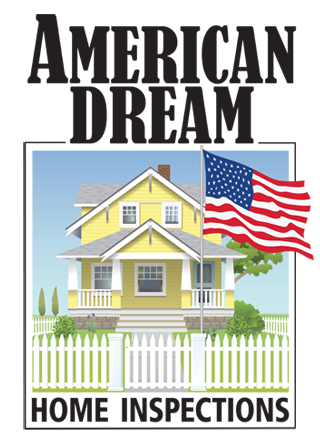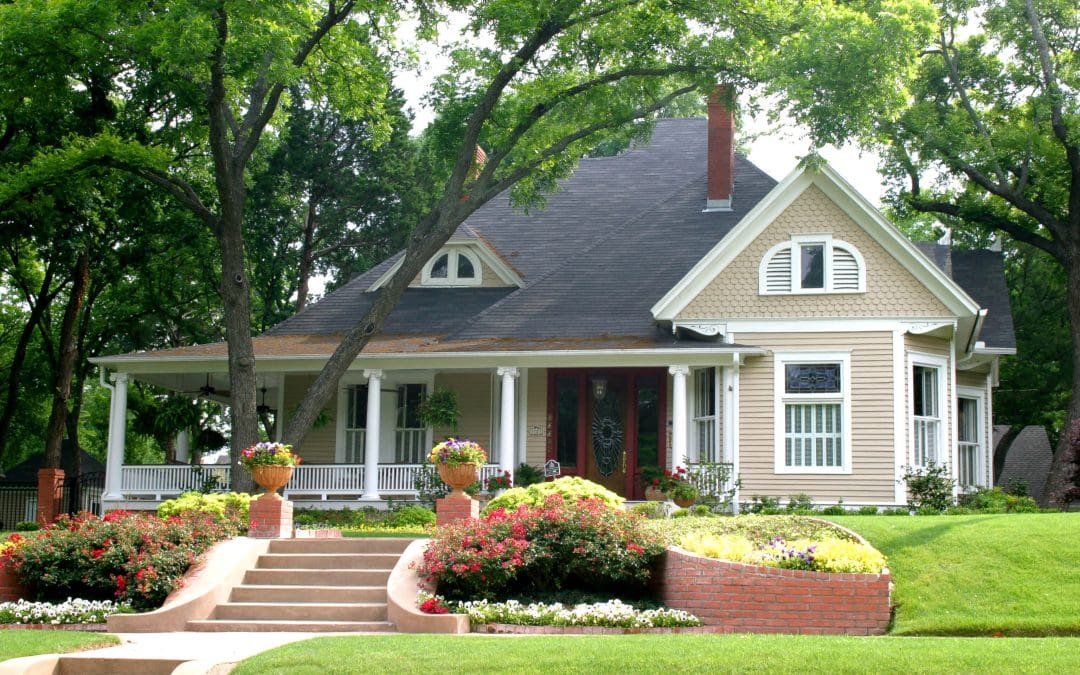Low-maintenance landscaping starts with a clear plan and the right materials. Strong layouts, smart plant choices, and durable features all work together to keep your yard looking sharp with minimal effort. Here are a few landscaping design tips for a space that holds up without constant attention.
Start Landscaping Design With the Right Layout
A low-maintenance yard starts with smart planning. The layout matters more than most people think. Before you worry about plants or materials, figure out how the space will actually function. Think about how you use your yard now and how you’d like to use it. Entertaining, relaxing, gardening, letting the dog run—it all plays into the design.
Keep things simple and open. Clean lines, defined zones, and minimal clutter go a long way. A tidy layout automatically makes your yard look more polished, even if you don’t spend much time on upkeep. Avoid odd-shaped planting beds or narrow slivers of lawn that are hard to mow. The goal is to create spaces that flow and require less effort to manage.
Choose the Right Ground Covers
Grass needs constant attention—mowing, watering, edging, and fertilizing. If you want a sharp-looking yard without all the weekly chores, cut down on the amount of turf. That doesn’t mean turning everything into rocks or concrete. There are better options.
Gravel, mulch, and decorative stone work well in non-traffic areas and around trees or shrubs. For areas where you still want greenery, look into ground covers that don’t need mowing. Creeping thyme, mondo grass, or sedum can fill in beds and open space with very little maintenance. These options also hold up better in heat or drought, depending on your climate.
Stick to Native and Adaptive Plants in Your Landscaping Design
One of the biggest mistakes in landscaping is planting things that don’t belong. Exotic flowers and high-maintenance shrubs might look great for a few weeks, but they usually come with a long list of issues—pests, disease, pruning, special soil, or constant watering.
Instead, focus on plants that are native or adapted to your region. These tend to thrive without much help. They’re already suited to the soil, weather, and local insects. That means less irrigation, less fertilizing, and fewer replacements over time. You can still get great color, texture, and seasonal interest—without creating a full-time job for yourself.
Use Hardscaping to Your Advantage
Hardscaping is the backbone of a good low-maintenance yard. Pavers, stone pathways, retaining walls, and patios create structure and function without needing upkeep. Once installed, they last for years with almost no attention. Plus, they instantly make your yard look finished.
Walkways are a smart alternative to high-traffic lawn areas. A gravel or stone path leading to the garden or gate cuts down on wear and tear. Raised planters are another solid move. They keep things organized and reduce the need for constant weeding. A well-placed boulder or bench can even serve as both decor and function without adding extra work.
Simplify Your Planting Beds
Overcomplicated beds get messy fast. Keep the shape clean and limit the variety. Too many plant types competing for space looks cluttered and drives up maintenance. Stick to a few reliable performers and repeat them across the yard. This creates rhythm and visual consistency, which looks intentional and sharp.
Use weed barrier fabric under mulch to reduce the need for hand-weeding. Also, edge the beds with stone, metal, or composite edging. This keeps the mulch in place and gives your yard that clean, finished look that people notice.
Plan for Water Efficiency
If you’re still dragging hoses around the yard every few days, it’s time to make a change. Drip irrigation or soaker hoses do a better job of watering at the root without wasting water or encouraging weeds. You can even set them up on timers and forget about it.
Grouping plants by water needs makes this even easier. Keep thirsty plants near each other and put drought-tolerant ones farther out. This simple strategy saves time, money, and stress during dry spells.
Landscaping Design FAQs
How do I make my yard look good with less grass?
Use ground covers, gravel, and hardscape features like patios or walkways to fill space. Shrubs, ornamental grasses, and low-growing perennials can replace large turf areas while keeping the yard visually interesting.
What’s the easiest type of plant to maintain?
Native plants are almost always the easiest to care for. They’re adapted to your local climate and don’t need much water or fertilizer. Ornamental grasses and evergreen shrubs are also solid low-effort choices.
Is hardscaping expensive?
Depending on the materials, it can be upfront, but it pays off over time. Once installed, hardscape features need almost no maintenance and last for decades. They also reduce the cost of watering, mowing, and replacing plants.
Do I still need a landscaper for a low-maintenance yard?
Not necessarily, but a professional can help you get the layout right from the beginning and choose the right materials. A solid plan saves time and money down the road—even if you end up doing most of the work yourself.
What’s the best mulch to use?
Shredded bark or hardwood mulch breaks down slowly and stays in place better than pine straw or cheap wood chips. It also holds moisture, keeps weeds down, and makes beds look neat.
American Dream Home Inspections provides home inspections in Northern and Central New Jersey. Contact us to schedule our services.

